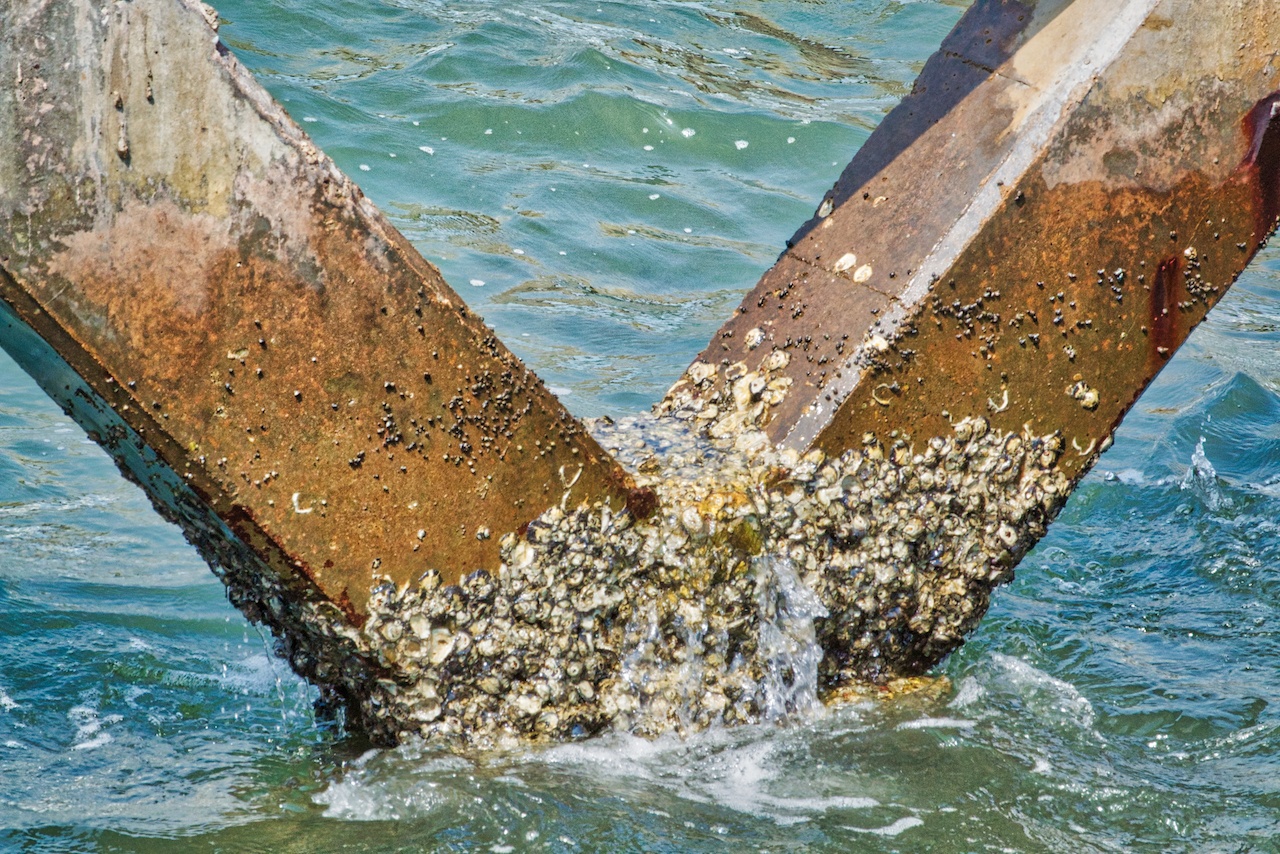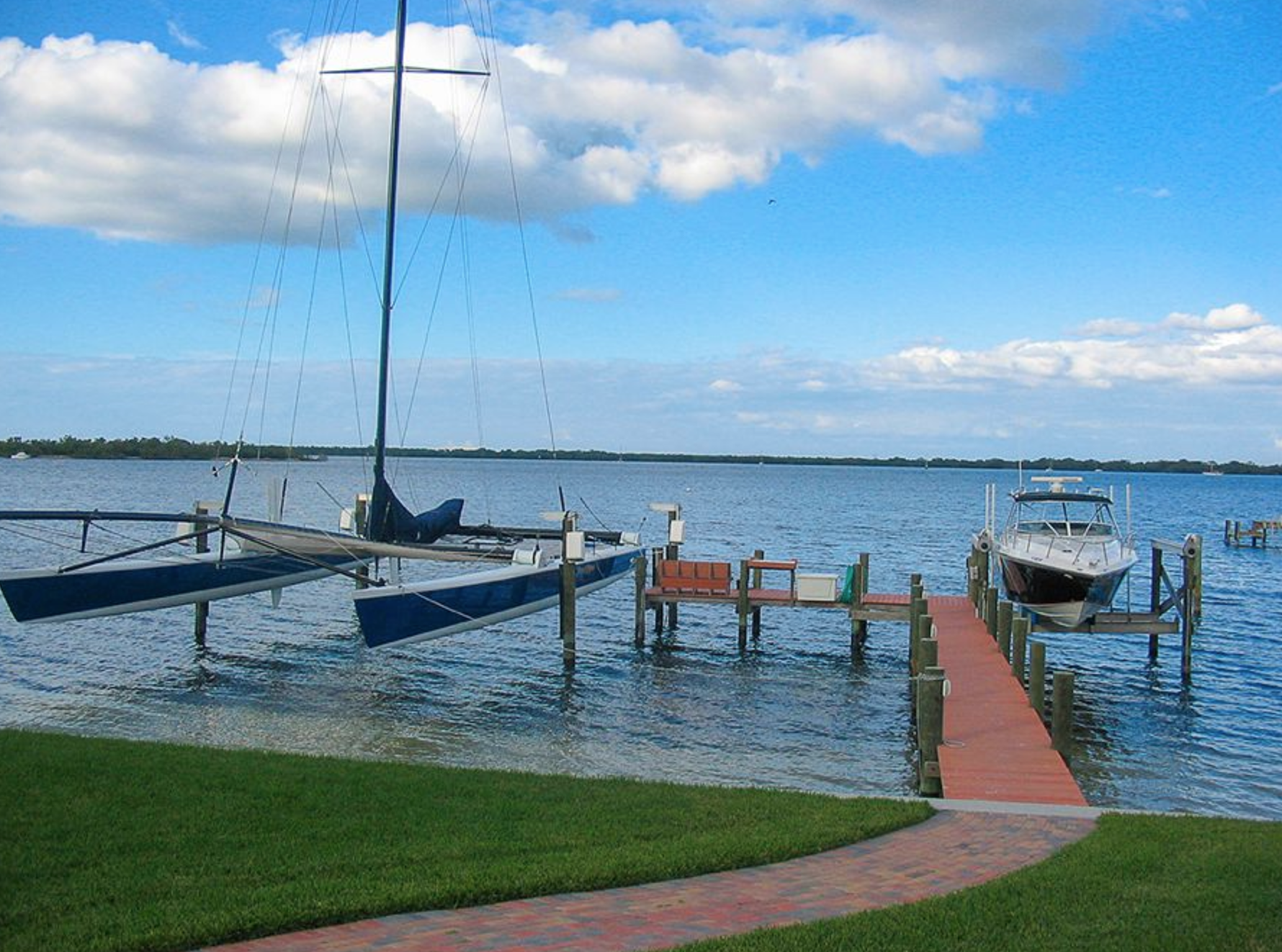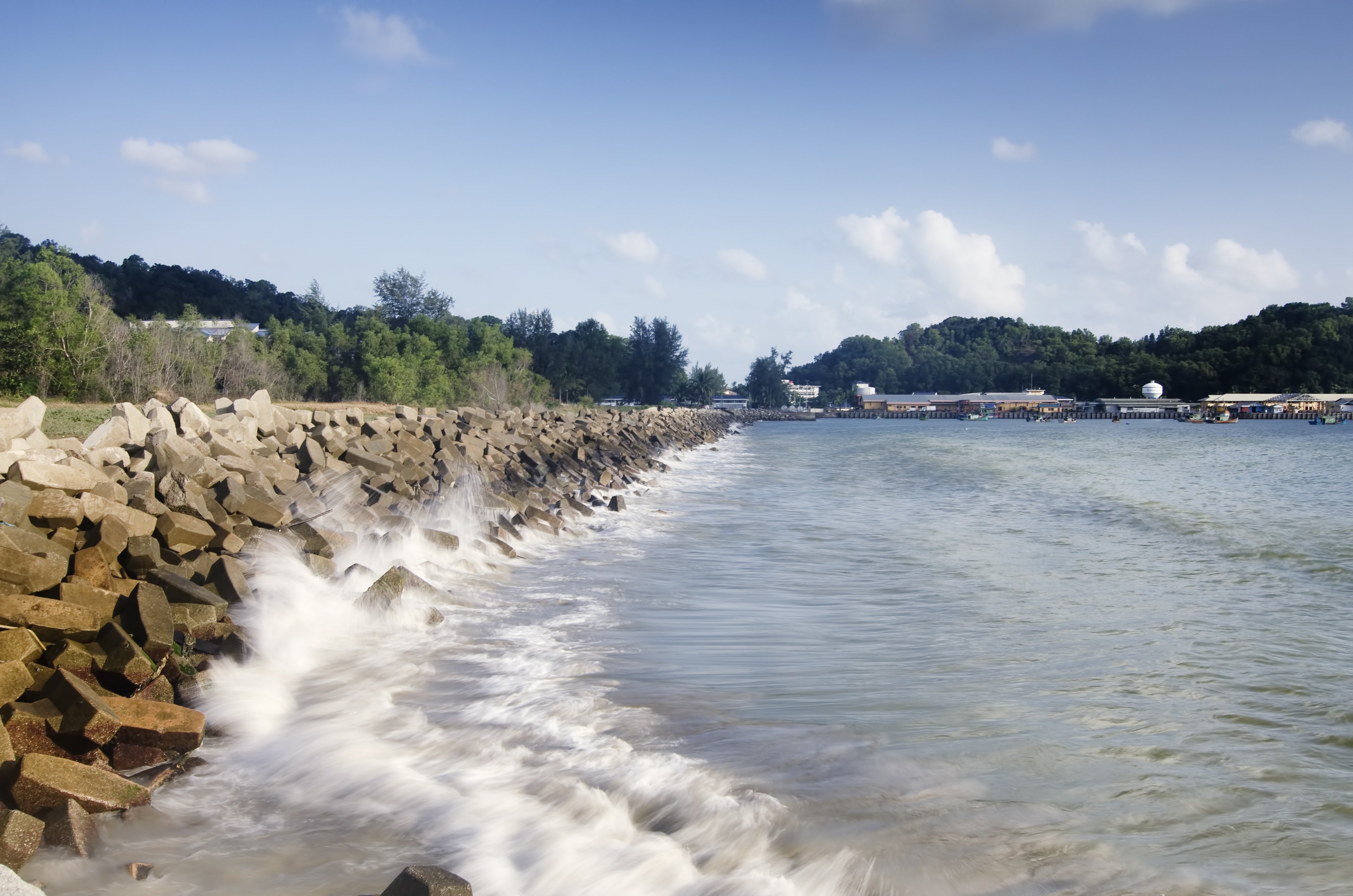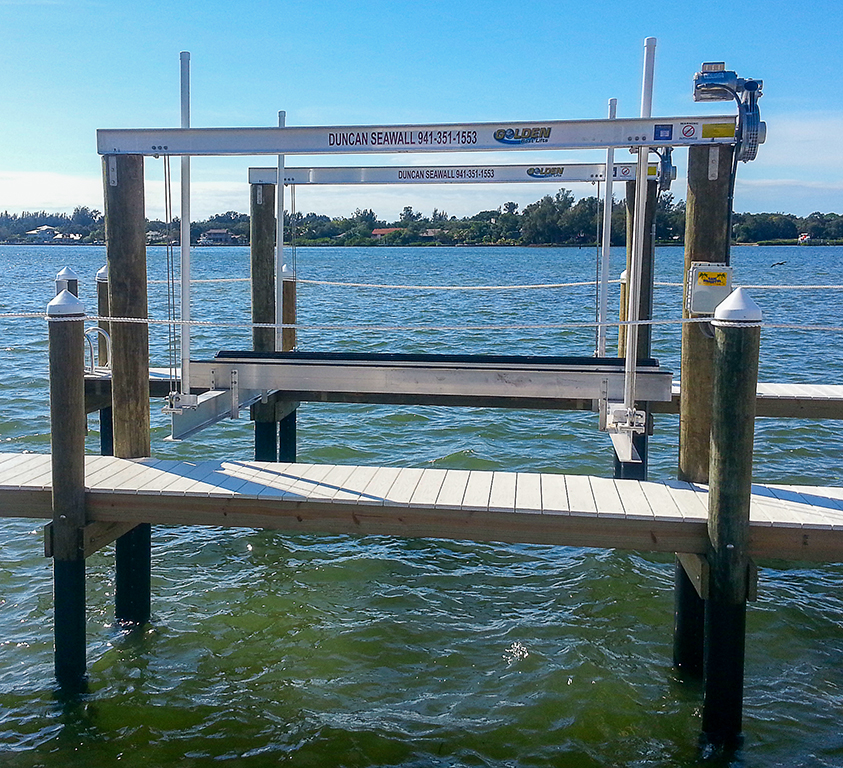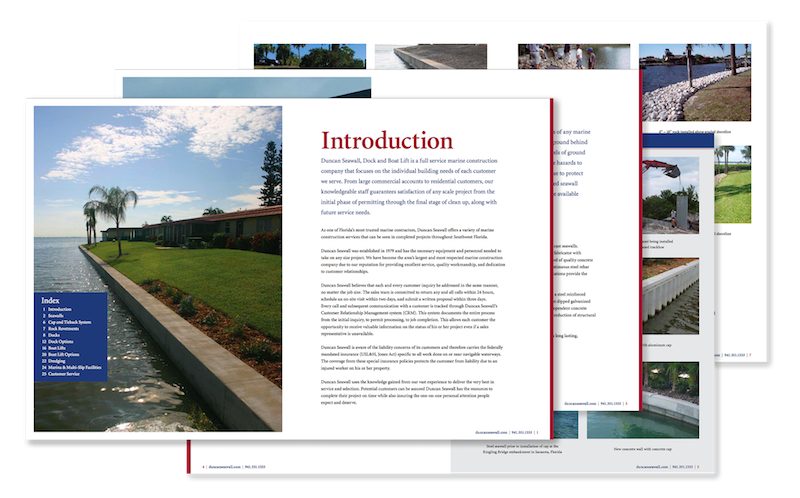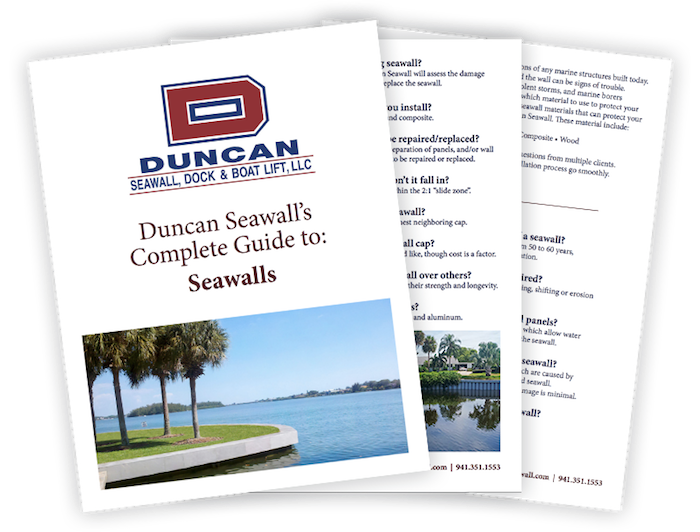Boating is a popular leisure activity for many people, particularly in Florida. However, underneath the sparkling surface of the water lies a persistent challenge for boat owners - the inevitable growth of barnacles. Whether you're a newcomer to the boating world or an experienced veteran looking for a refresher, it's important to understand and address this aquatic problem.
What Are Barnacles?
According to the National Oceanic and Atmospheric Administration (NOAA), there are over 1,400 species of crusty foulers found in waters around the world. The most common type is known as the acorn barnacle. These sticky little crustaceans attach themselves to the hull of your boat and getting rid of them requires some elbow grease or a pressure washer. Allowing them to grow a colony can cause them to cover the bottom of your boat, which is something you definitely want to avoid.
Understanding the Life of Barnacles
Barnacles physically attach to marine craft and have become a growing concern as the increase in barnacle infestations is at epidemic levels. Scientists attribute this to unusually warmer water temperatures and higher rainfall totals. Rainwater aids barnacle growth because the runoff from land contains sewage, fertilizer, and other organic nutrients that crustaceans love to feast on.
But it's not only the underside of boats that they attach to but also on rocks, the pilings that hold up docks, the skin of whales or the shells of large mussels - and other underwater components critical to your boat's safe operations. Once a barnacle attaches to a surface during the larvae stage, they remain there, feeding on plankton that floats by and reproducing - forever.
The Problems of Barnacle Buildup
This isn't merely a cosmetic issue; barnacles can lead to a cascade of problems:
Fuel Inefficiency: Barnacle colonies increase drag, causing vessels to burn more fuel—a costly and environmentally detrimental issue.
Costly Damage: Beyond the hull, barnacles latch onto propellers and pumps, impairing performance and potentially leading to severe mechanical damage.
Overheating Risks: When barnacles block the raw water pump, they hinder the cooling system, leading to possible engine overheating and affecting the boat's overall health.
Barnacle Buildup Solutions
How can boaters tackle this slippery challenge? The answer lies in a combination of regular maintenance and innovative boating technology:
Regular Cleaning: For those docked at marinas, it's imperative to establish a routine of boat bottom cleanings to interrupt barnacle growth.
Antifouling Practices: While chemical antifouling coatings are effective, they can harm the environment and affect the boat's appearance. Motor Boat & Yachting and other maritime resources recommend a balanced approach to these measures.
Advanced Storage Solutions: Dry dock storage and personalized boat lifts can be game-changers. They keep boats dry when not in use, preserving the hull and preventing barnacle attachment.
Understanding and addressing the problem of barnacle growth is crucial for boat owners. So, whether you're a newcomer or a seasoned boater, it's important to stay proactive in maintaining your boat's health. For more information and tips on boating maintenance, continue exploring our blog and engage with our community of boating enthusiasts!



